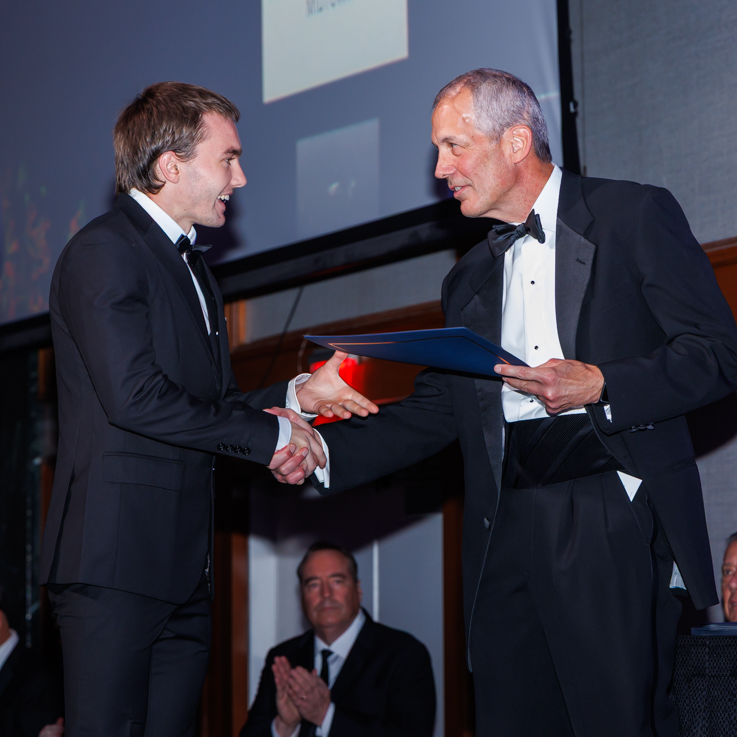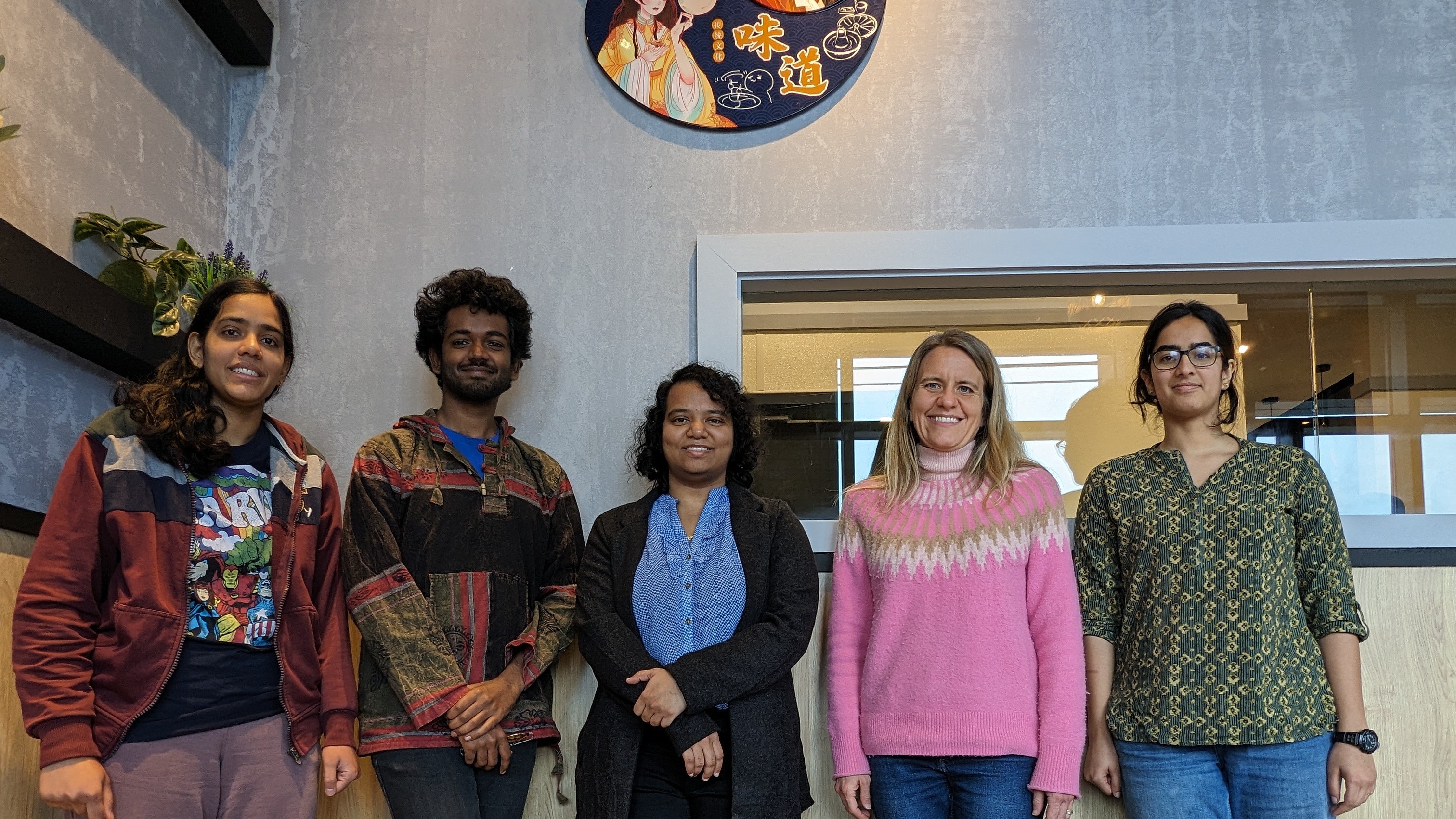News Story
Faghih Awarded NSF Graduate Fellowship

Rose Faghih
The NSF Graduate Fellowship was offered to 914 seniors and first year graduate students in different majors across the nation. Only 36 of the recipients were electrical engineering students. The NSF Fellowship provides 3 years of support, including tuition and a stipend, during graduate studies, and is awarded based on intellectual merit, broad impact and potential contribution to research in science and engineering. Students' GPA, previous research experience, research proposal, and letters of recommendation are also put into consideration in the selection process.
Rose has participated in two research experiences funded by NSF, one at Drexel University and another at the University of Maryland. In her research experience at the University of Maryland, she worked under the supervision of Professor Thomas Antonsen, Professor Ed Ott, and Professor Michelle Girvan. The results of this research have been submitted for publication to Chaos: An Interdisciplinary Journal of Nonlinear Science. The researchers studied the driven Kuramoto model, which describes a large population of weakly coupled oscillators, e.g., the entrainment of oscillatory neurons in the hypothalamic suprachiasmatic nucleus (SCN). SCN controls the circadian rhythm in the human body, and it is possible to synchronize the SCN oscillators using light as a forcing function. Different circadian disorders can be investigated by adding a specific drive to the Kuramoto model, and performing mathematical analysis and simulations for each case to find the entrainment conditions for the oscillators in the SCN.
For her research proposal, Professor Antonsen advised Rose on the forcing functions that can be investigated to cure different circadian sleep disorders. Rose's research proposal was to construct a device that obtains the power spectrum of the oscillators in the SCN using a sensor and performs frequency time analysis, and generates light with a certain signal drive intensity and frequency to entrain the oscillators and provide a regular sleep pattern.
Published April 8, 2008









